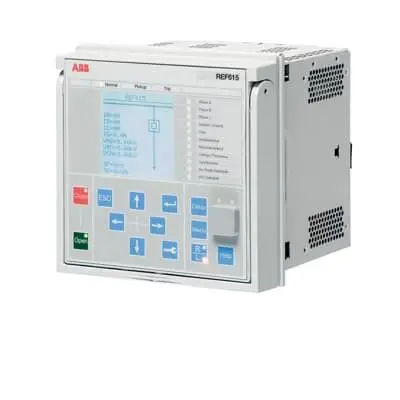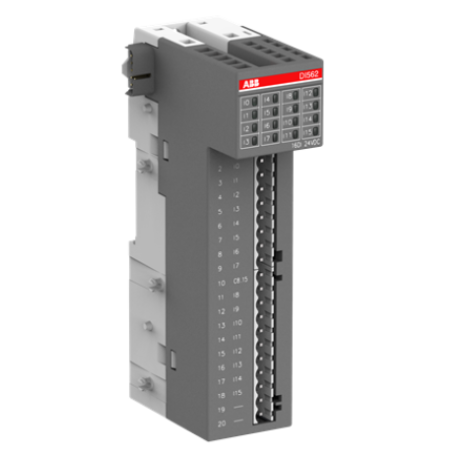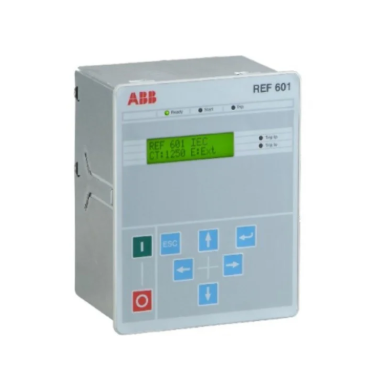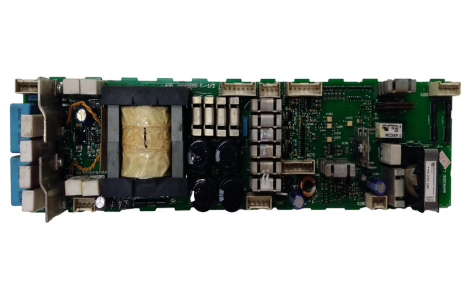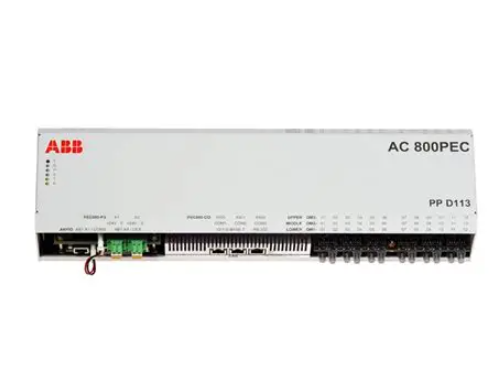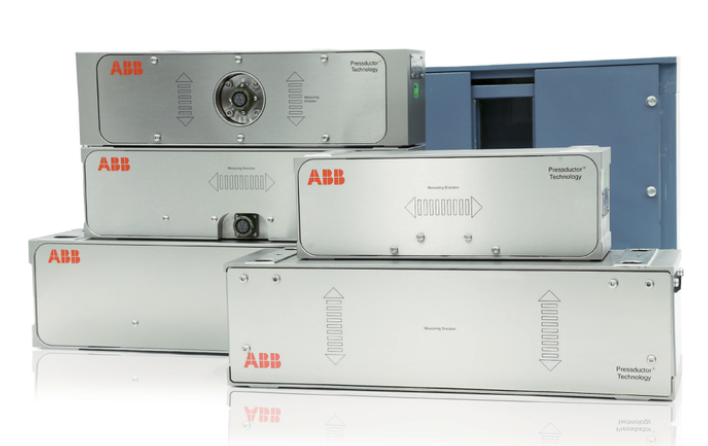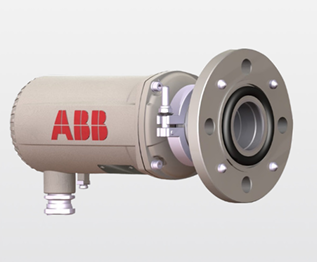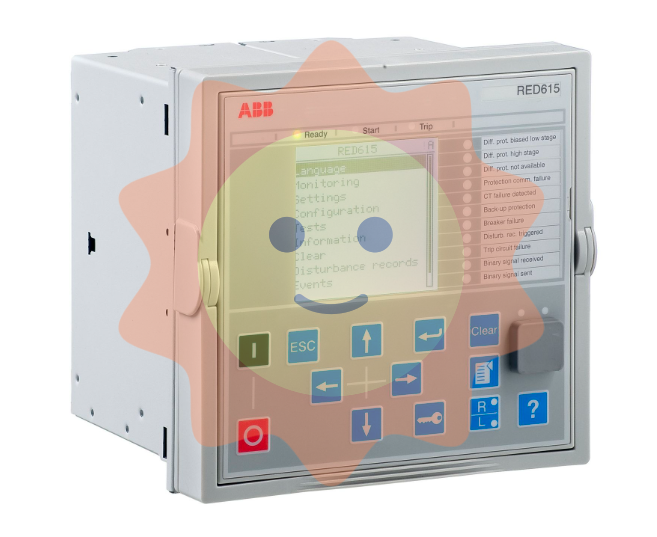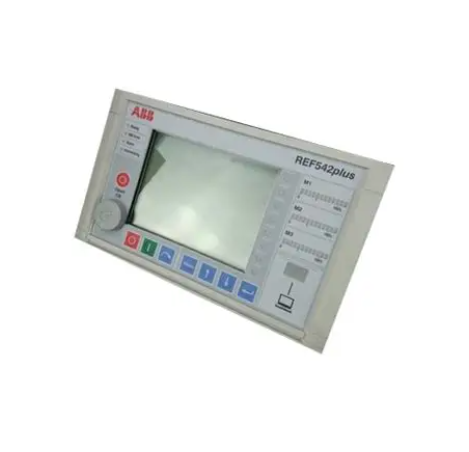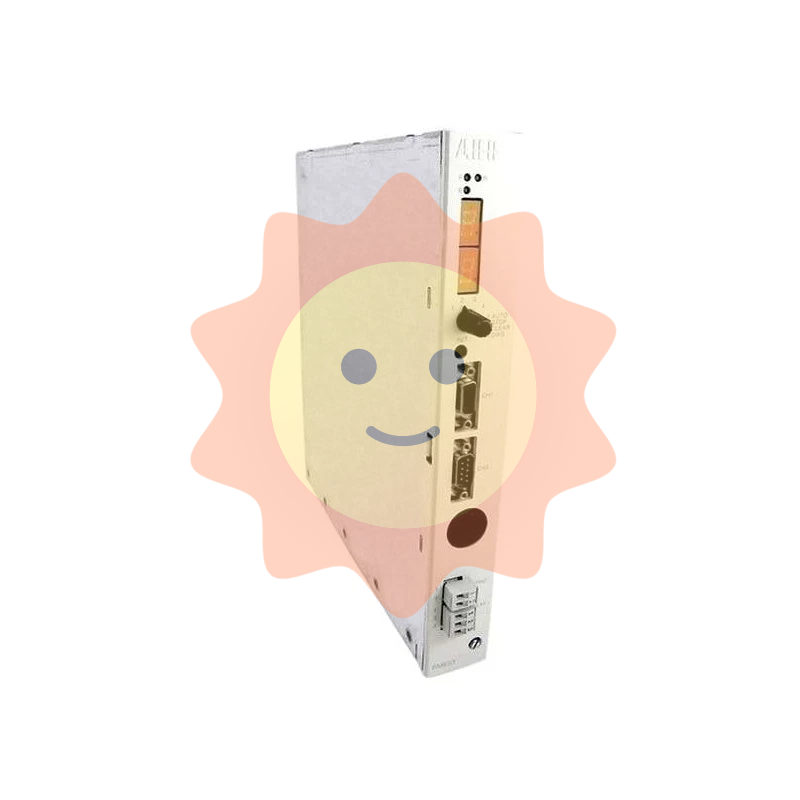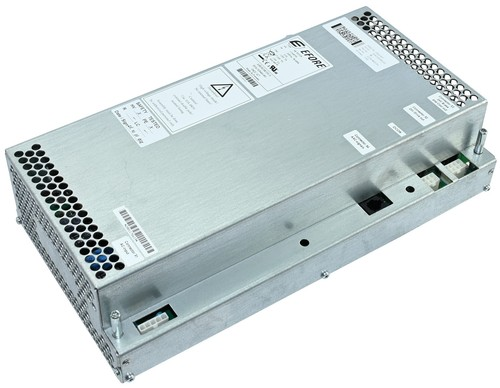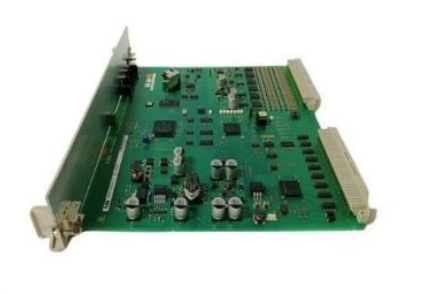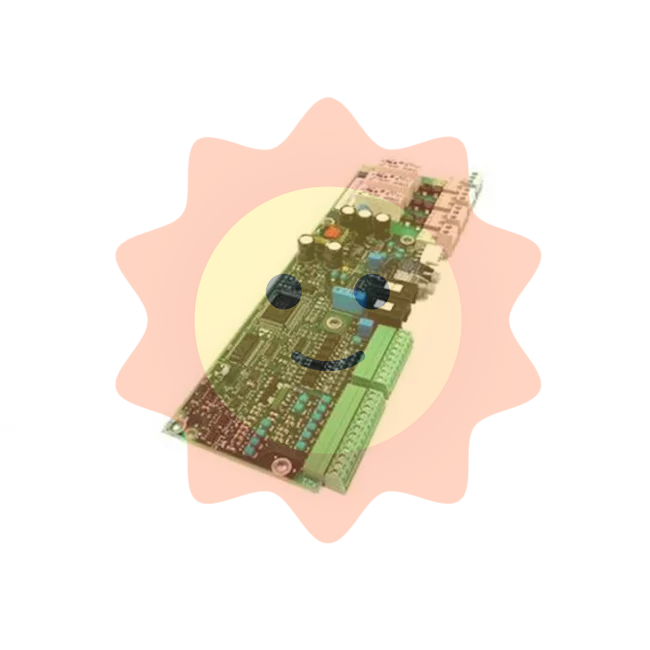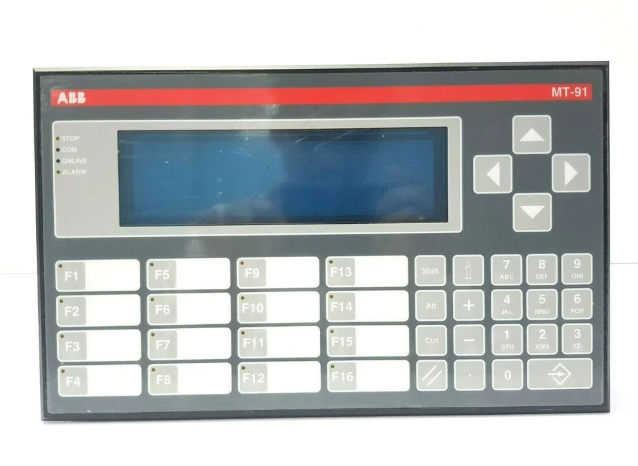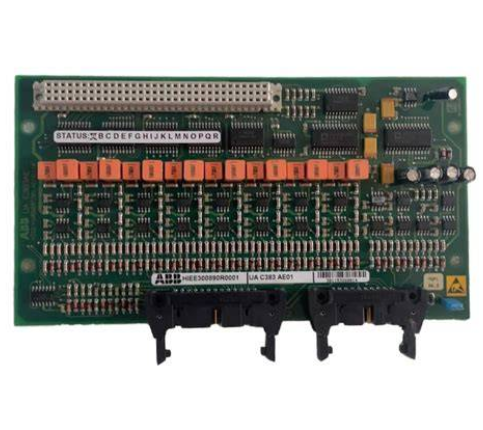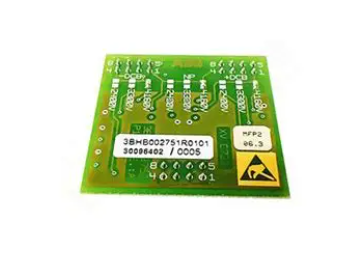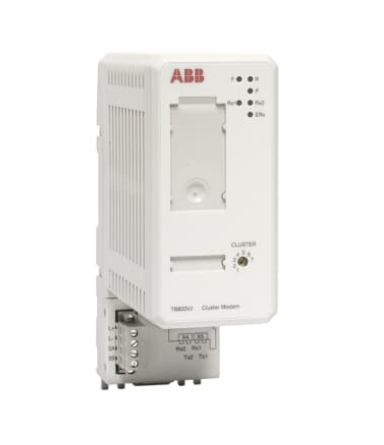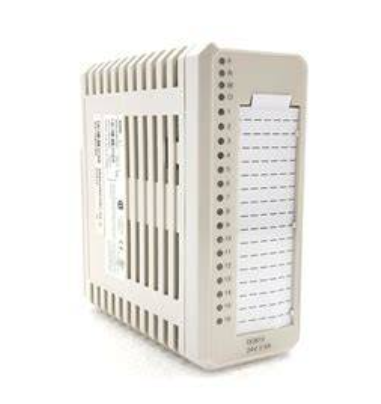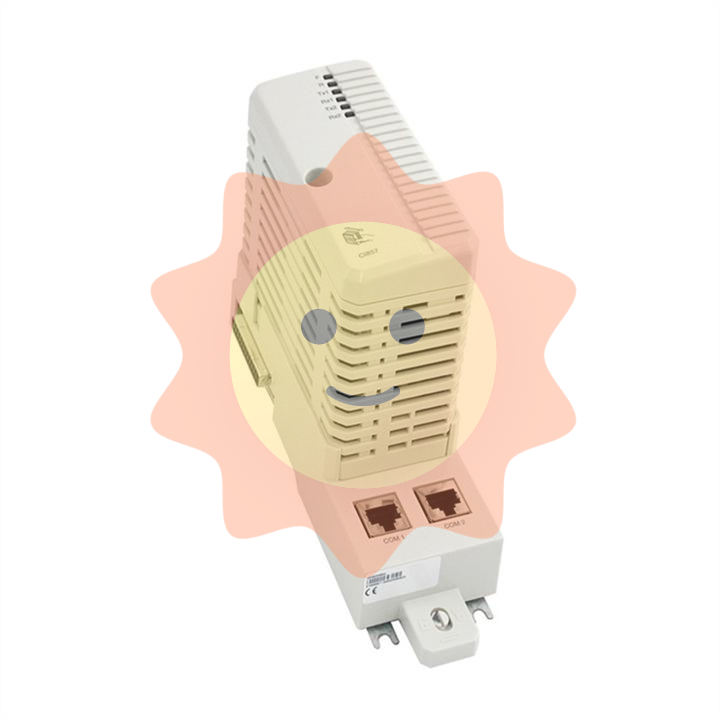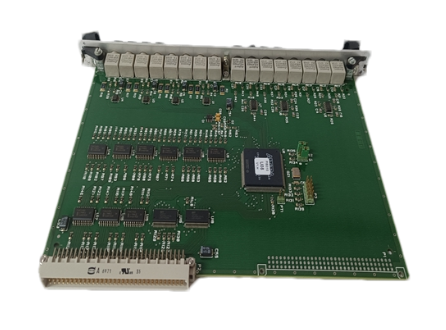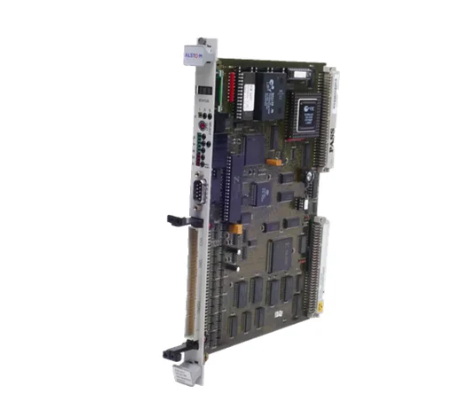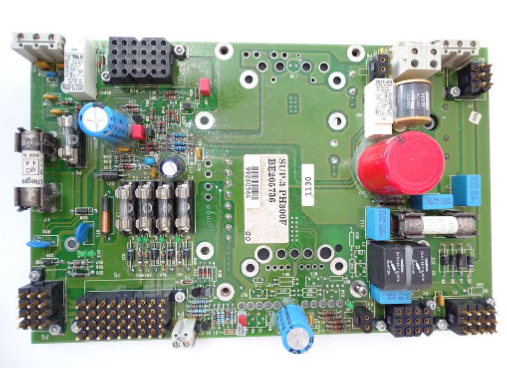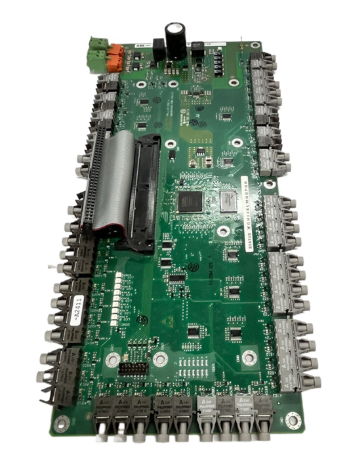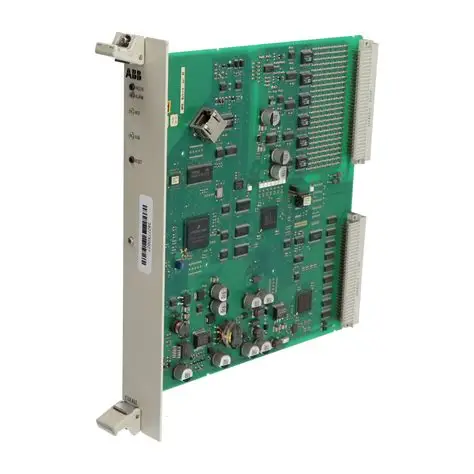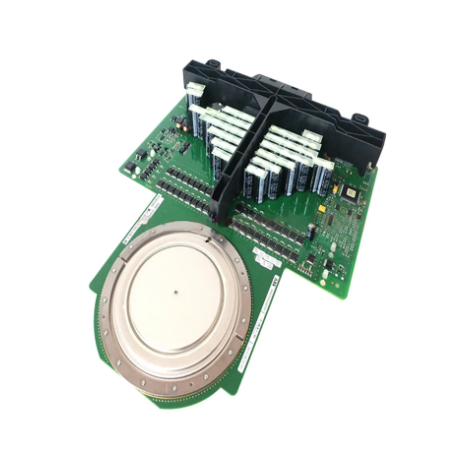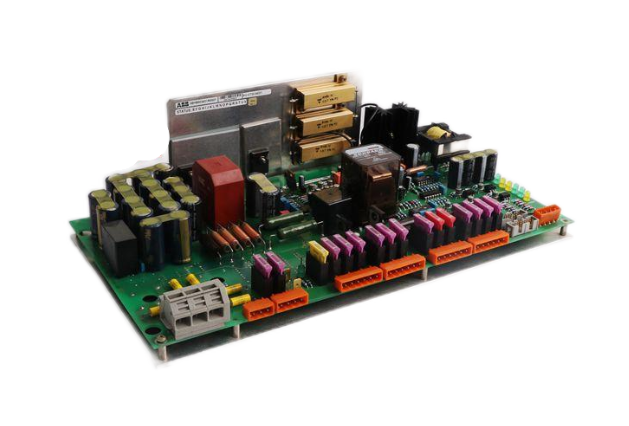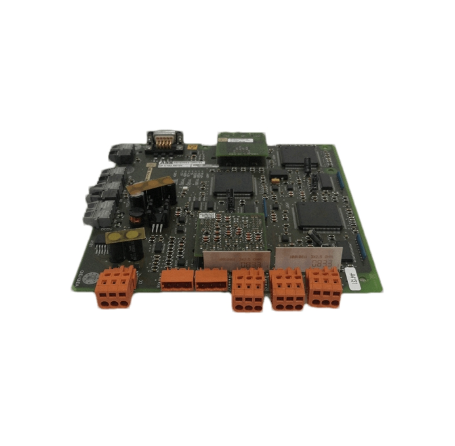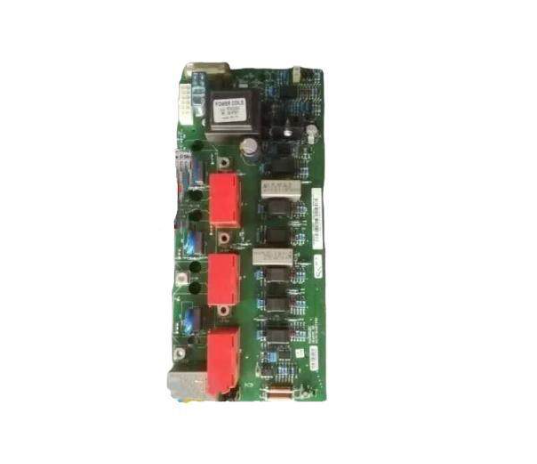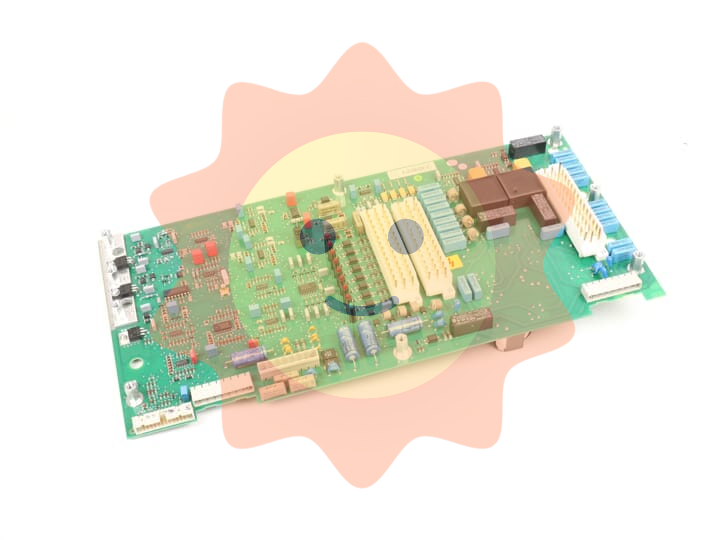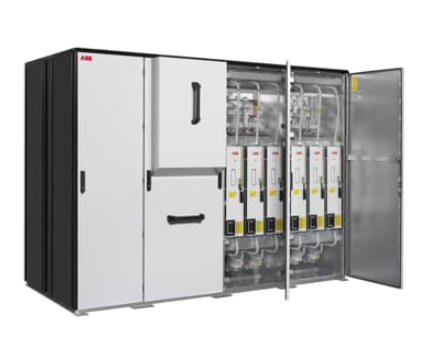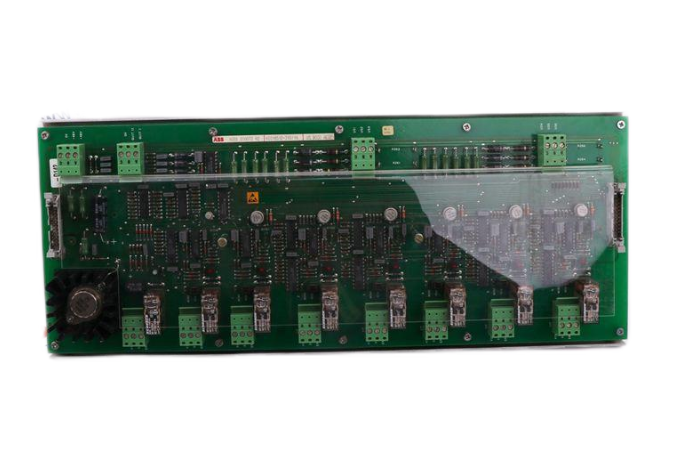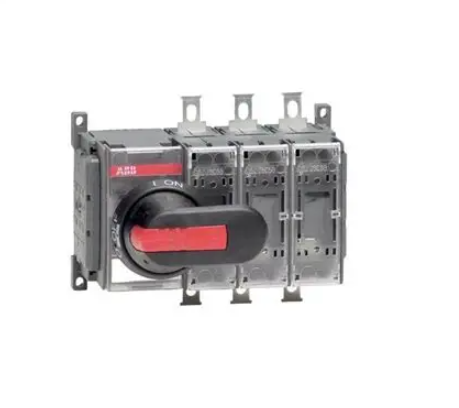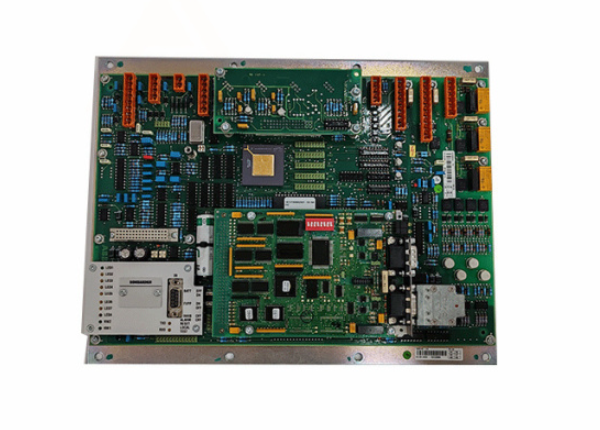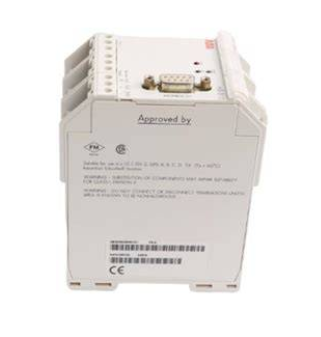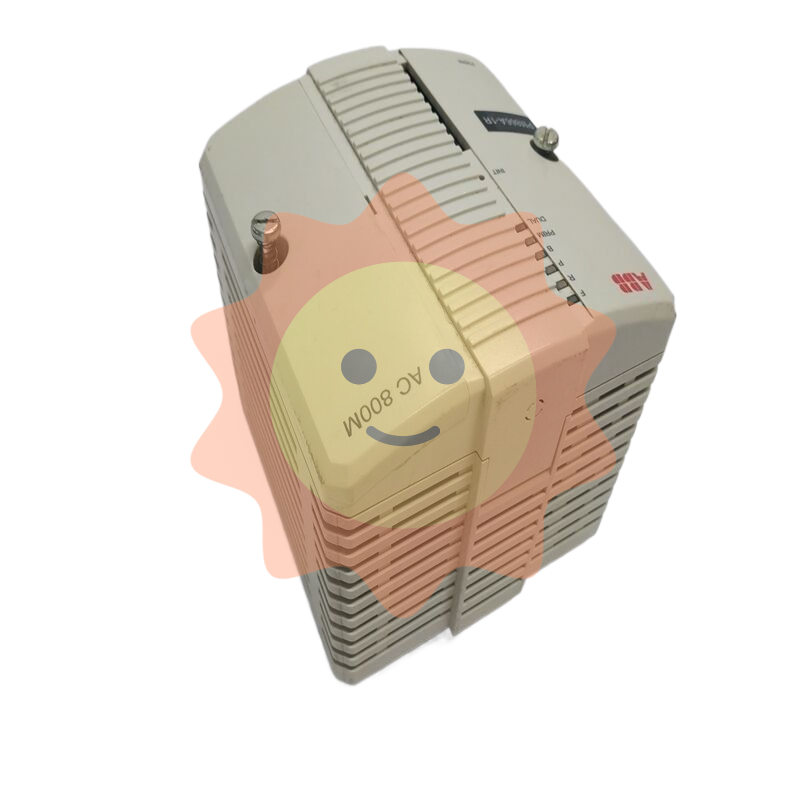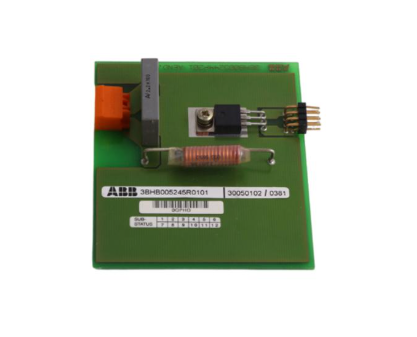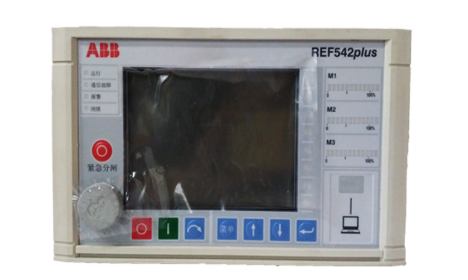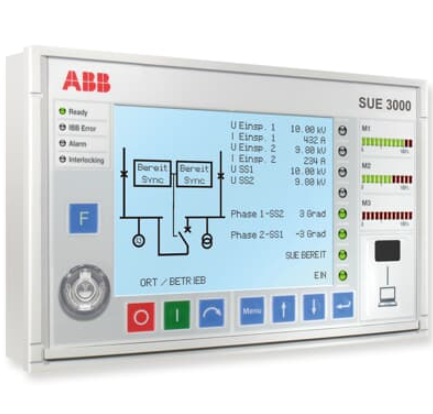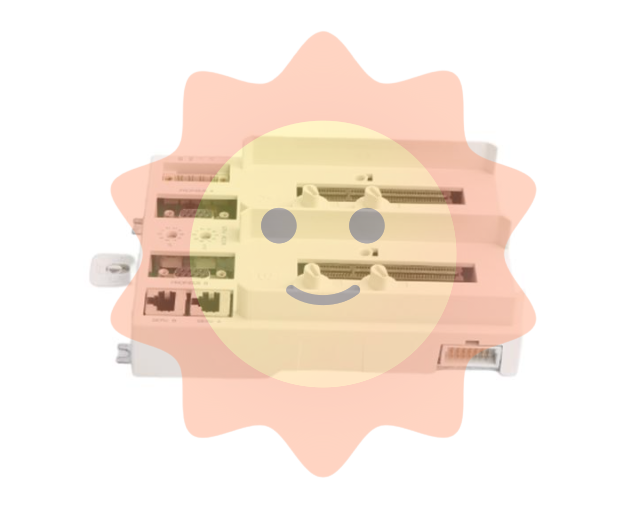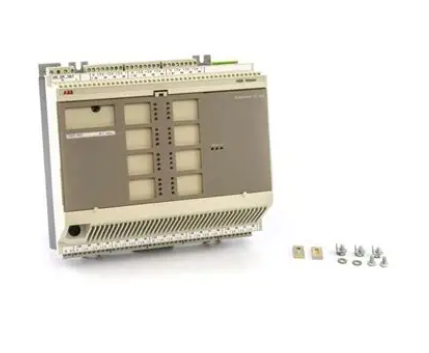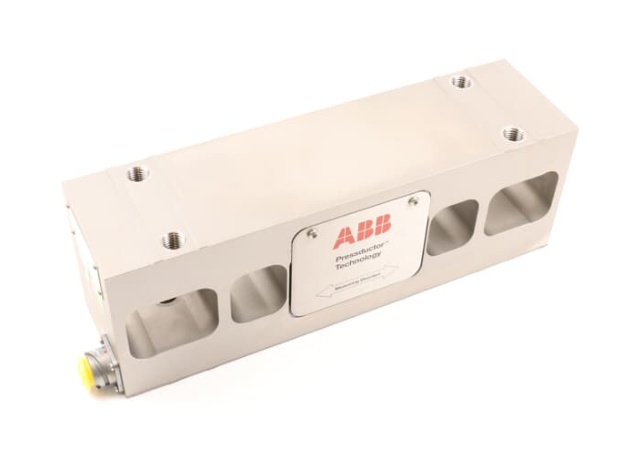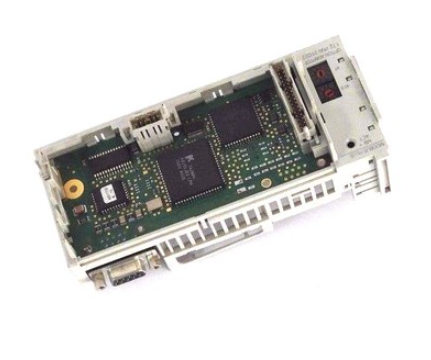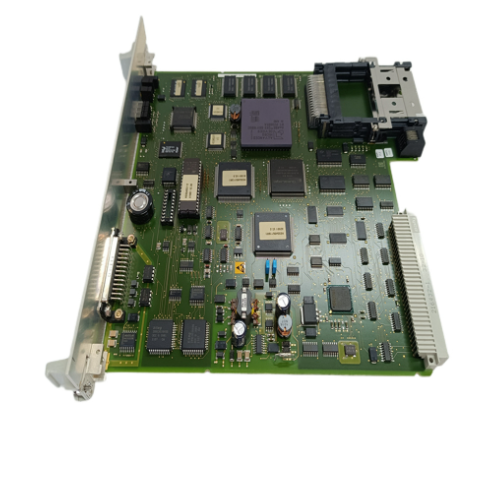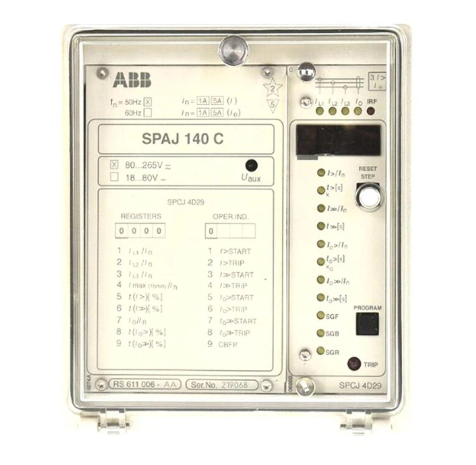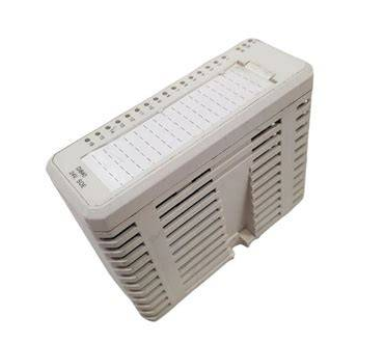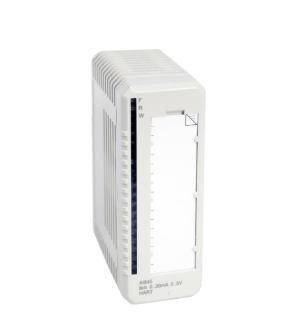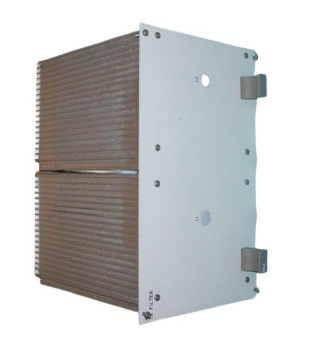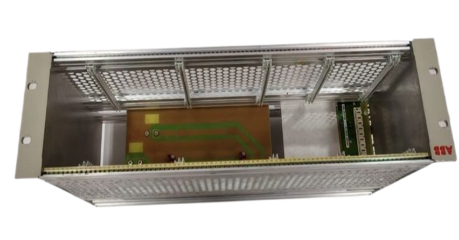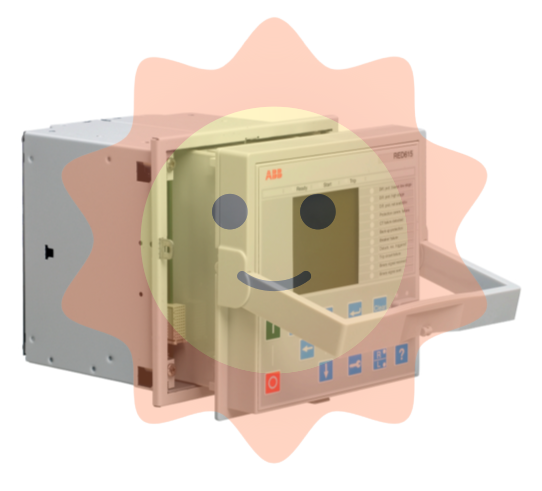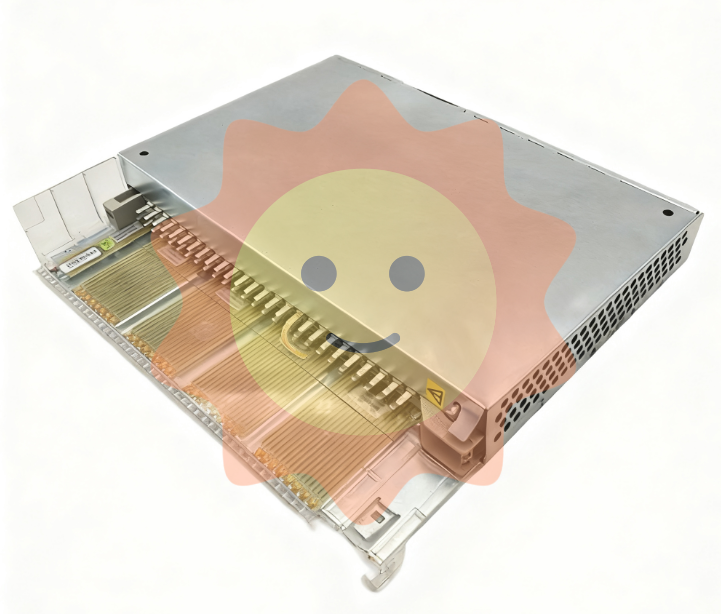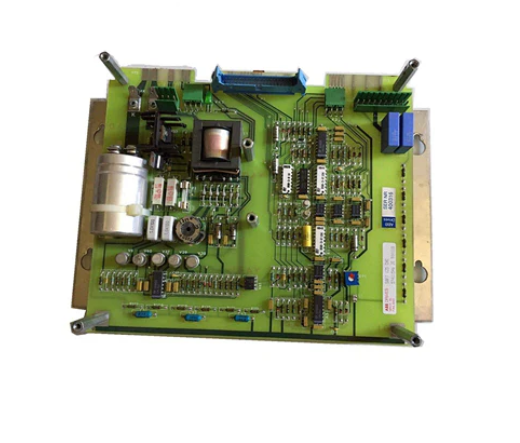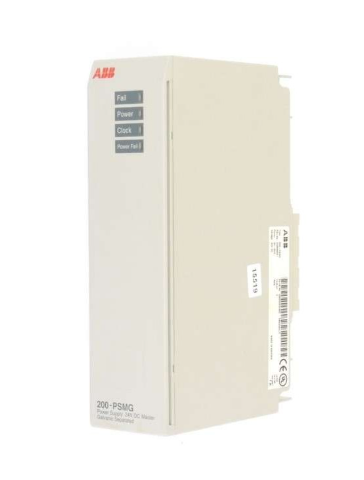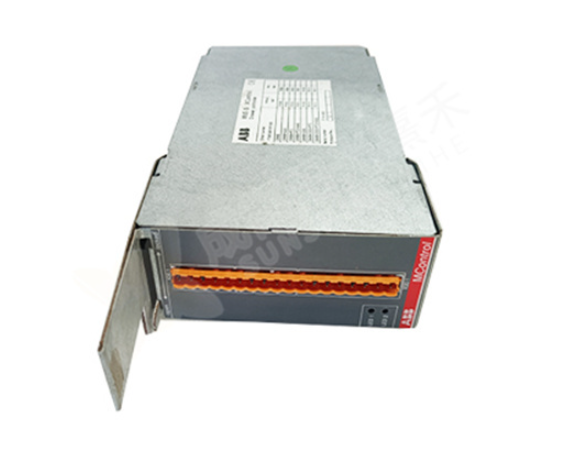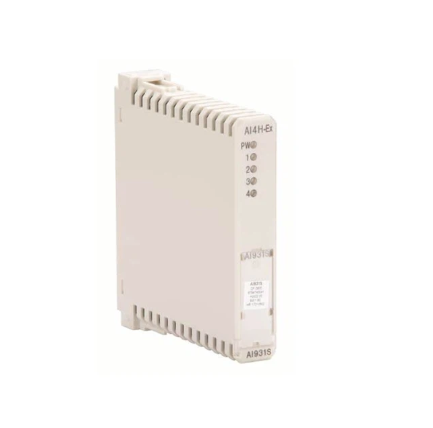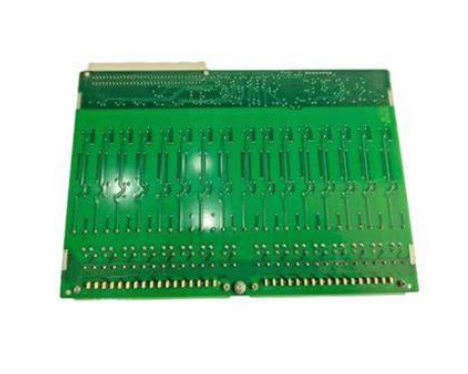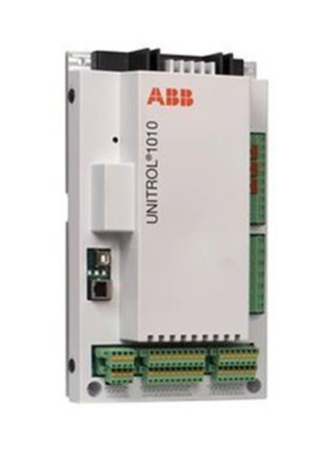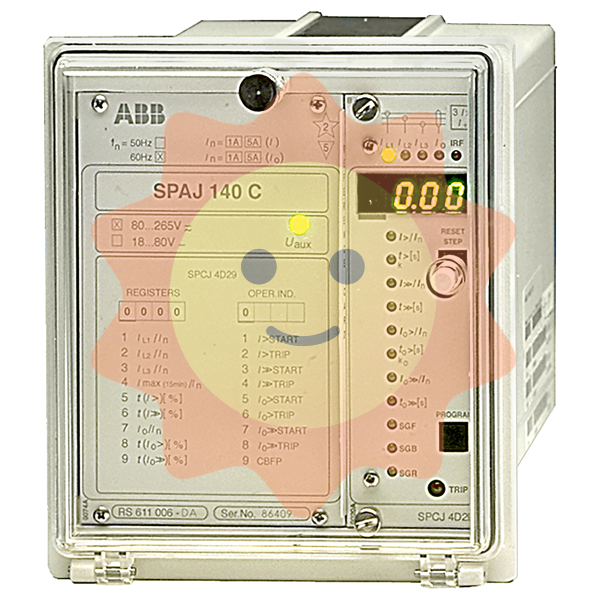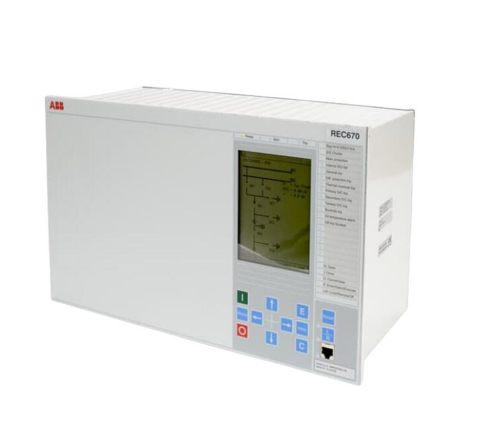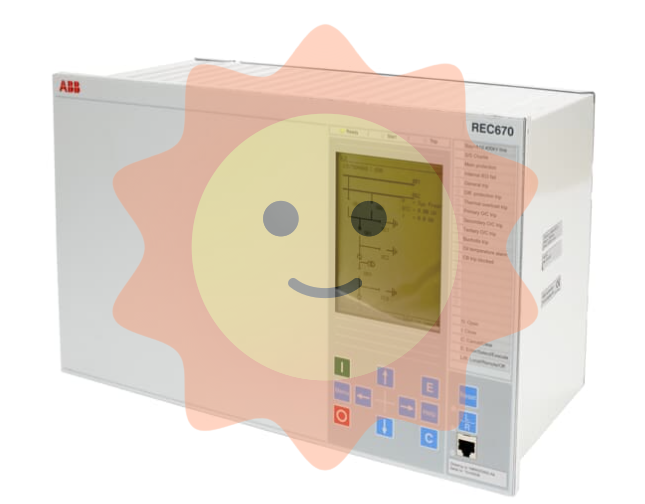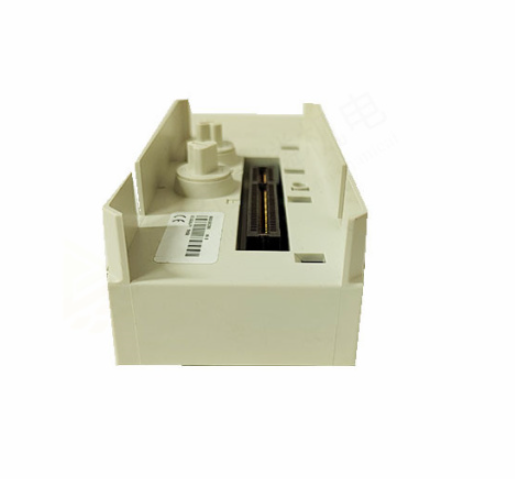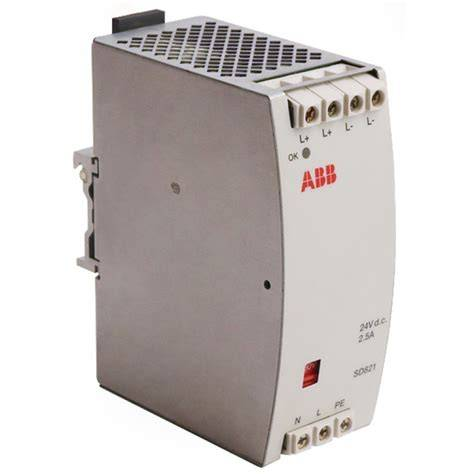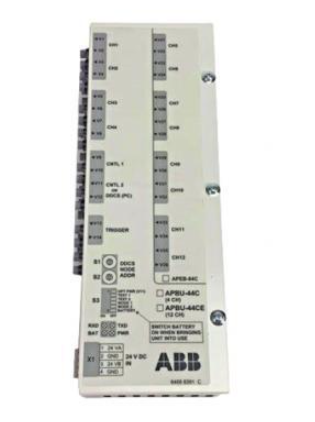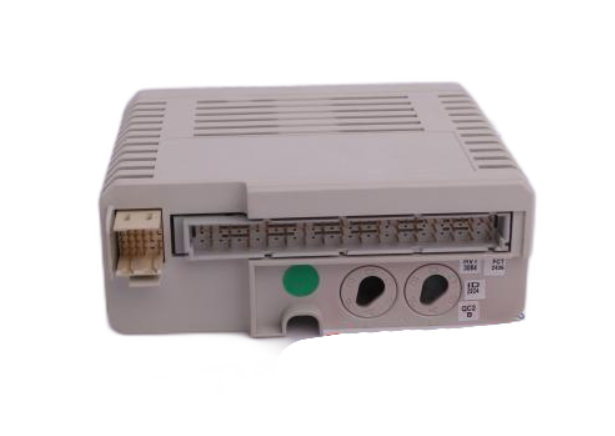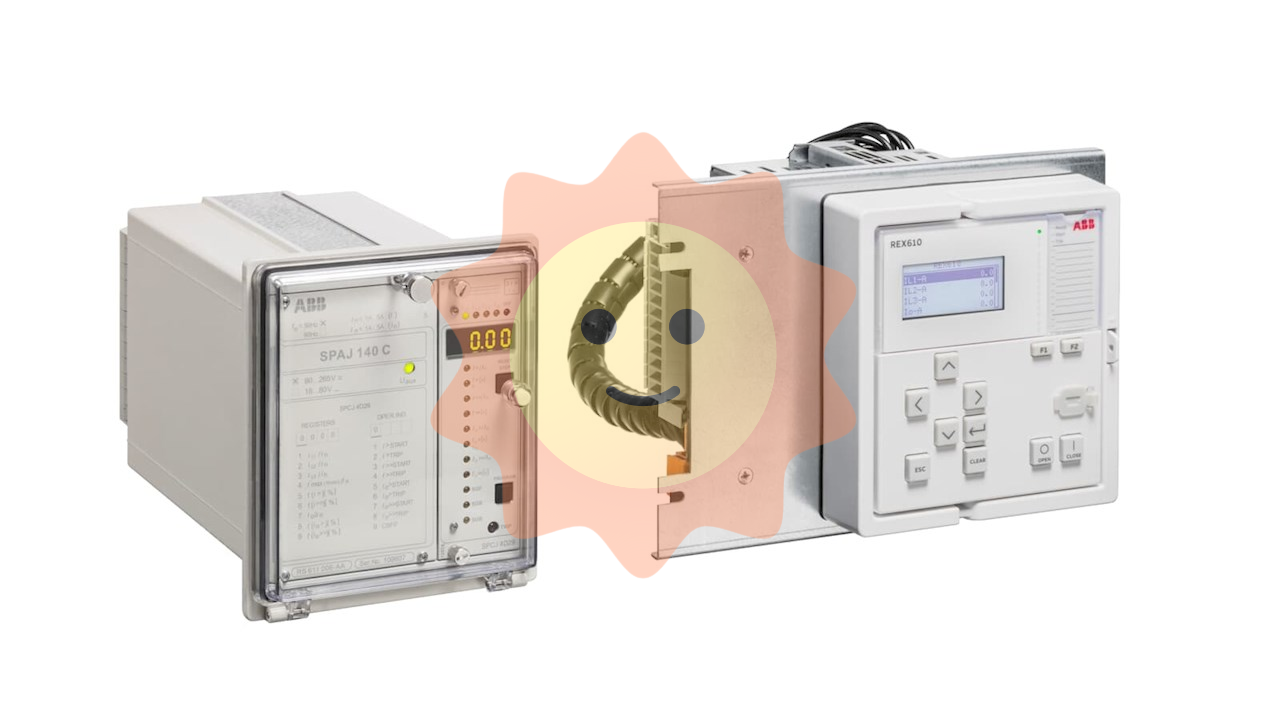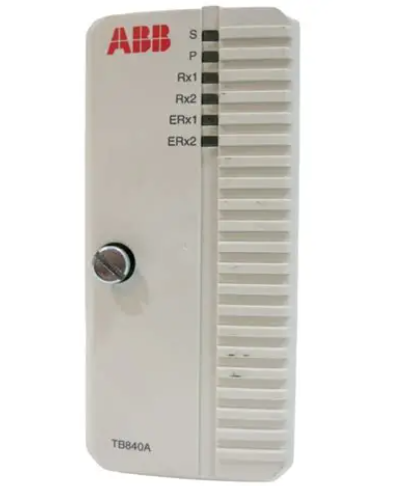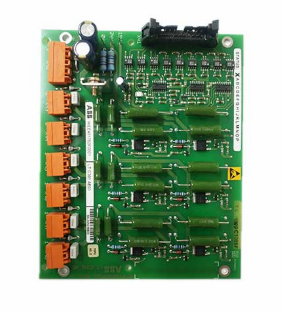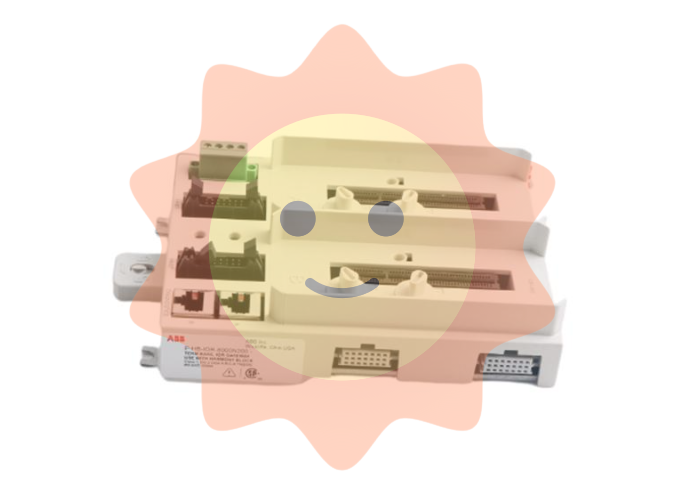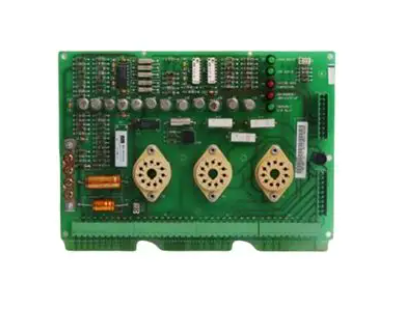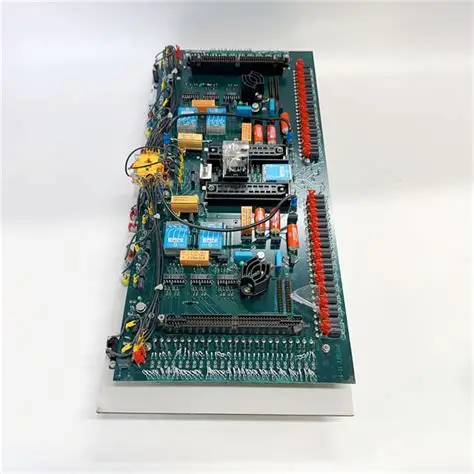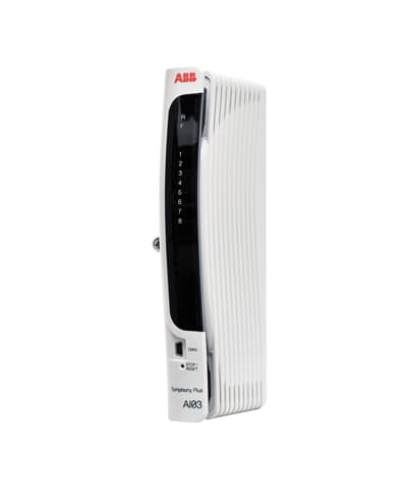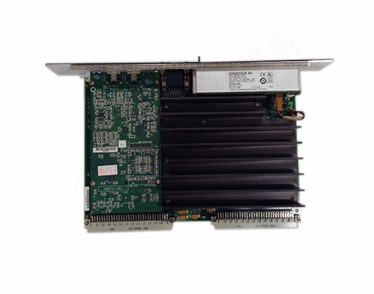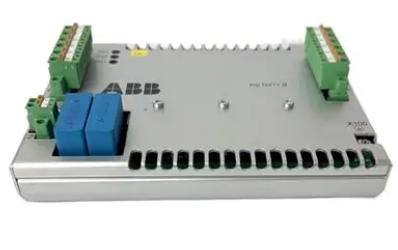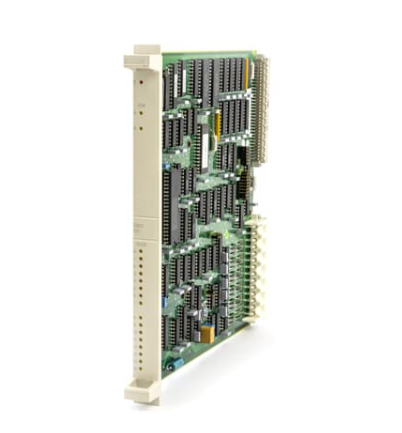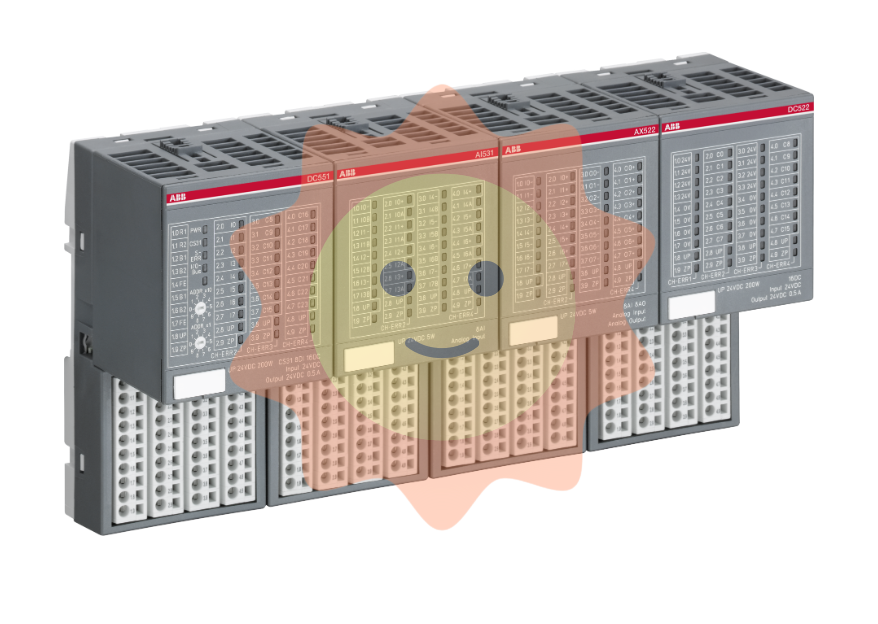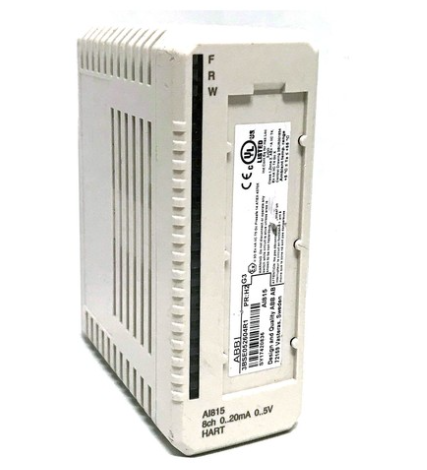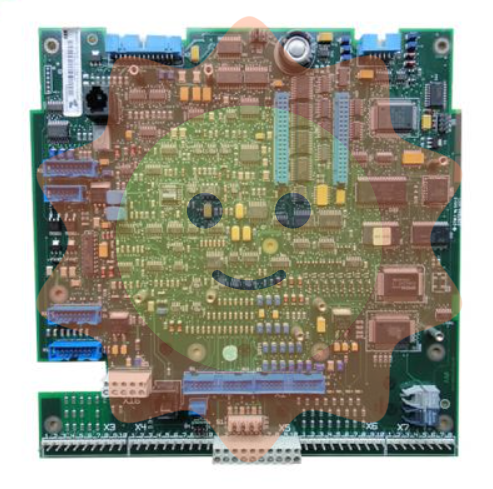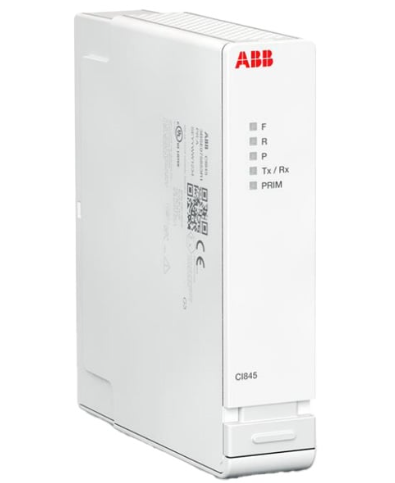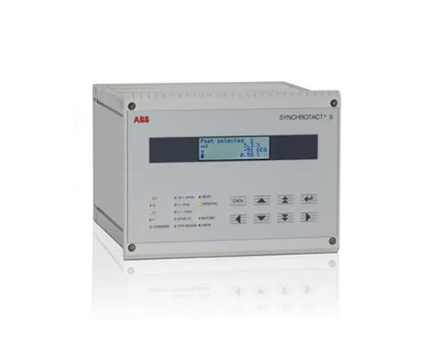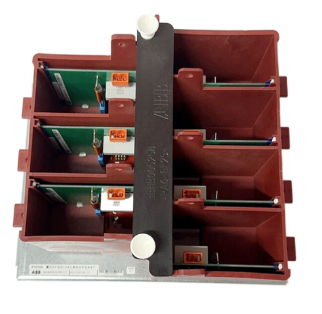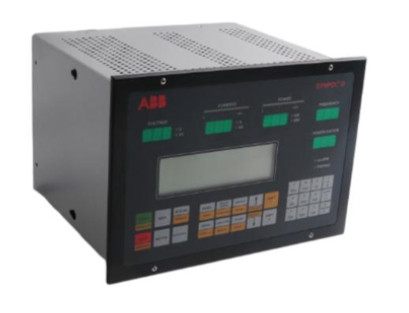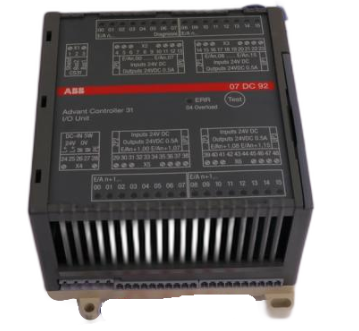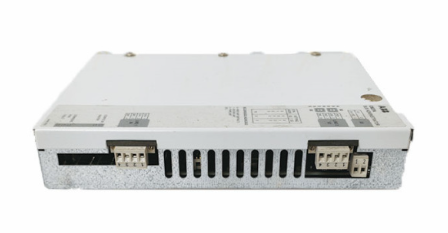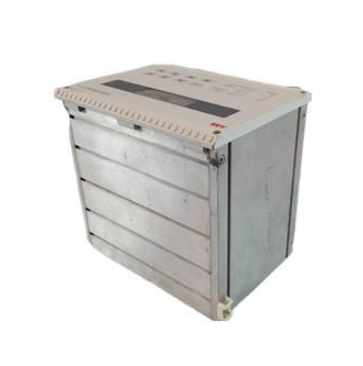Welcome to the Industrial Automation website!
Product
Article
NameDescriptionContent
ABB AC 800PEC High Performance Control System
Taking the technology a step further it is a dualcore processor unit that combines these high speed controls with the low-speed process control tasks usually carried out by separate PLC (programmable logic controller) units. Embed into a robust and flexible system structure with integrated standard communication, the AC 800PEC is unique in the field of industrial process controllers. The AC 800PEC is the ultimate approach for high demands
• Maximum power regulation- To prevent over-shooting of power consumption and to support your power generators
• Maximum DC voltage regulation for stabilizing your process
Electrical arc furnace applications
• Stable arc detection
• Different control modes (constant current,constant power or constant resistance)
• Fast link to power quality system (PQS)
ELREG (electrode regulation; anode hydraulic system control) features included:
• Electrode manual control (analog or digital)
• Electrode fast lift function (with or without separate fast up valve)
• Automatic arc strike function
• Automatic arc restrike function
• Adaptive electrode control according to furnace behavior or heat stage
• Superimposed integral control circuit
• Voltage fluctuation measurement (stability index calculation)
• Arc-to-roof detection/protection
• Arc-to-roof protection during arc strike sequence
• Hydraulic oil pressure supervision and electrode protection
• Cave-in detection
• High-voltage detection
• Counter pressure valve control logic
• Voltage-to-ground supervision
• Roof voltage monitoring
• Electrode auto raise function after furnace off command (distance or position selectable)
• Blocking valve control
• Electrode speed limitation for electrode and arm protection
• Future features- Automatic proportional valve linearization check- Automatic proportional valve linearization- Dynamic voltage setpoint control for a stable melting process
Chemical applications:
• OLTC step compensation for smooth process control- IDC current step compensation for smooth current change when stepping up
• Power factor compensation by OLTC
• Predictive maintenance features can be included
• Software protection packages including:- DC over current protection- AC over- and undervoltage protection- AC phase unbalance protection- System unbalance protection for 12 pulse systems
• DC earth fault detection available by 3 voltmeter method
• Process pulse block loop with SIL 3 level
• Voltage ride-through in case of incoming voltage dips
Electrowinning industries (copper & zinc):
• IDC current step compensation for smooth current change when stepping up
• Power factor compensation by OLTC
• Predictive maintenance features can be included
• DC overcurrent protection
• AC over- and undervoltage protection
• AC phase unbalance protection
• System unbalance protection for 12 pulse systems
• Master DC current control for parallel rectifier units
• DC open loop detection during start-up
• DC open loop protection during operation
DC power supplies for graphite electrode plants
The graphitisation process demands a large variation of voltage and current from the DC power supply.
• Constant DC power suppy for the process irrespective of changing process resistance - Possible due to the very fast cycle times of AC 800PEC controller.
• Customer tailed process recipes can be added and modified from the operator panel in order to meet the specific customer requirements.
• After adding the corresponding recipes, the rectifier follows the predefined DC current, DC voltage and maximum allowed power setpoints, including all necessary graphitisation specific protection functions.
Scalability in performance
DCS (Distributed Control System)
• Processing cycle times down to 1 ms
• Use of slow I/O
• Programming in Control Builder HMI (Human Machine Interface)
• Processing cycle times down to 1 ms
• Use of slow and fast I/O
• Programming of interface in Control Builder
• Nearly all common field busses supported
• Hardware time stamping available upon request
PLC (Programmable Logic Controller)
• Processing cycle times down to 1 ms
• Use of fast and slow I/O
• Programming in Control Builder
PAC (Programmable Automation Controller)
• Cycle times down to 100 μs
• Use of fast and slow I/O
• Programming in MATLAB®/Simulink® and Control Builder
Process interfaces for any speed
The AC 800PEC provides two kinds of I/O – fast and slow. The fast I/O system covers read and write operations requiring less than 1 ms, and the slow I/O system covers speeds above 1 ms.
The fast I/O system is AC 800PEC specific, using devices connected exclusively via fiber optic links, and brings substantial advantages compared to electric concepts:
• Fast communication between controller and I/O devices
• High immunity to electromagnetic interference
• Potential-free connections, making isolating transmitters obsolete
The slow I/O modules from ABB’s S800 system can be added to any configuration, depending on project needs.
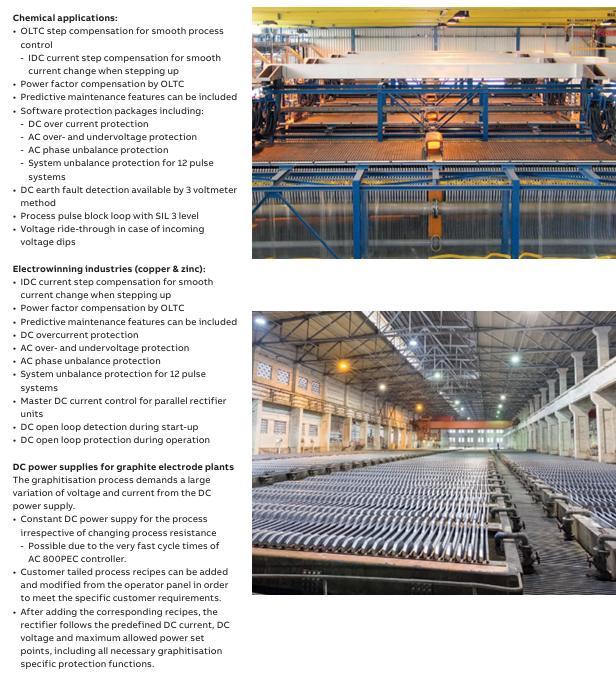
- EMERSON
- Honeywell
- CTI
- Rolls-Royce
- General Electric
- Woodward
- Yaskawa
- xYCOM
- Motorola
- Siemens
- Rockwell
- ABB
- B&R
- HIMA
- Construction site
- electricity
- Automobile market
- PLC
- DCS
- Motor drivers
- VSD
- Implications
- cement
- CO2
- CEM
- methane
- Artificial intelligence
- Titanic
- Solar energy
- Hydrogen fuel cell
- Hydrogen and fuel cells
- Hydrogen and oxygen fuel cells
- tyre
- Chemical fiber
- dynamo
- corpuscle
- Pulp and paper
- printing
- fossil
- FANUC
- Food and beverage
- Life science
- Sewage treatment
- Personal care
- electricity
- boats
- infrastructure
- Automobile industry
- metallurgy
- Nuclear power generation
- Geothermal power generation
- Water and wastewater
- Infrastructure construction
- Mine hazard
- steel
- papermaking
- Natural gas industry
- Infrastructure construction
- Power and energy
- Rubber and plastic
- Renewable energy
- pharmacy
- mining
- Plastic industry
- Schneider
- Kongsberg
- NI
- Wind energy
- International petroleum
- International new energy network
- gas
- WATLOW
- ProSoft
- SEW
- wind
- ADVANCED
- Reliance
- YOKOGAWA
- TRICONEX
- FOXBORO
- METSO
- MAN
- Advantest
- ADVANCED
- ALSTOM
- Control Wave
- AB
- AMAT
- STUDER
- KONGSBERG
- MOTOROLA
- DANAHER MOTION
- Bently
- Galil
- EATON
- MOLEX
- Triconex
- DEIF
- B&W
- ZYGO
- Aerotech
- DANFOSS
- KOLLMORGEN
- Beijer
- Endress+Hauser
- MOOG
- KB
- Moxa
- Rexroth
- YAMAHA
54
+86-153-0592-5923
WeChat
Contact

wechat

After years of experience, it has developed into a group enterprise entity integrating equipment, industrial, chemical, petroleum equipment, electricity and other products trade and services.
KONG JIANG
Eell:+86-153-0592-5923
Email:wang@kongjiangauto.com
Address:jiangxi District, China
Product
Copyright © 2023 KongJiang Group All Rights Reserved .



